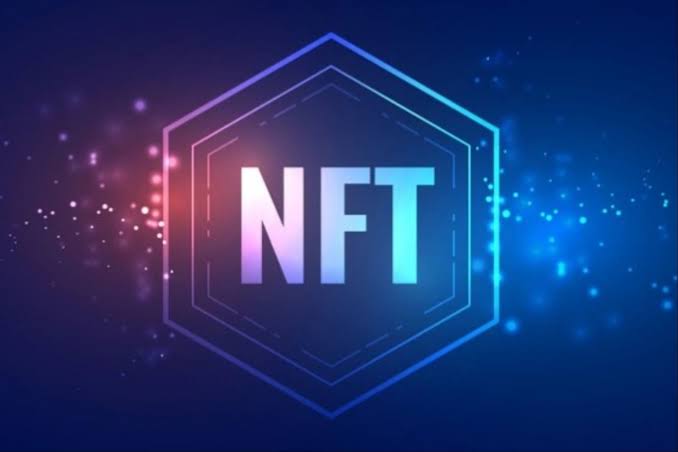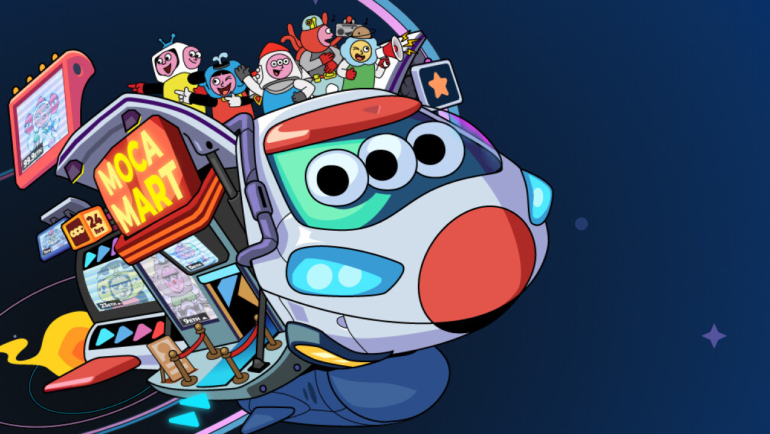
Exploring the Revolutionary World of Non-Fungible Tokens.
Introduction:
In recent years, Non-Fungible Tokens (NFTs) have surged in popularity and captured the attention of the world. From digital art and collectibles to virtual real estate and beyond, NFTs have revolutionized the way we perceive and exchange value in the digital realm. In this note, we will dive deep into the fascinating world of NFTs, exploring their definition, underlying technology, applications, impact on various industries, potential challenges, and future prospects.
I. Understanding NFTs:
1.1 What are NFTs?
A non-fungible token (NFT) is a unique digital asset that represents ownership or proof of authenticity for a particular item or piece of content. Unlike cryptocurrencies such as Bitcoin or Ethereum, which are fungible and interchangeable, NFTs are indivisible and distinct, each having its own specific characteristics and value.
1.2 How do NFTs work?
NFTs are built on blockchain technology, primarily utilizing Ethereum’s blockchain at present. Blockchain provides a decentralized and transparent ledger that ensures the scarcity, provenance, and immutability of NFTs. Smart contracts enable the creation, ownership, and transfer of NFTs, allowing artists, creators, and collectors to engage in secure and verifiable transactions.
II. Exploring NFT Applications:
2.1 Digital Art and Collectibles:
NFTs have unlocked new possibilities for artists, granting them direct access to a global marketplace and enabling them to monetize their digital creations. Artists can tokenize their artwork, allowing buyers to purchase and own the original digital file, while the artist retains copyright and potential royalties. Moreover, NFTs have revitalized the concept of digital collectibles, with virtual trading cards, virtual pets, and other digital assets gaining significant traction.
2.2 Gaming and Virtual Real Estate:
NFTs have found immense utility in the gaming industry, facilitating the ownership and trade of in-game assets, characters, and virtual real estate. Players can truly own their digital possessions and transfer them between different games or platforms. Additionally, virtual worlds have emerged where individuals can buy, sell, and develop virtual real estate, opening up new avenues for creativity and entrepreneurship.
2.3 Music, Film, and Entertainment:
Musicians and filmmakers can leverage NFTs to release exclusive content, limited editions, and unique experiences directly to their fans. NFTs enable artists to establish a direct connection with their audience, allowing fans to support their favorite creators and own a piece of their work. This shift in the entertainment industry has the potential to reshape traditional revenue models and empower independent artists.
III. Impact on Industries:
3.1 Art Market Disruption:
NFTs have challenged traditional art market practices, providing artists with increased control over their work, fair compensation, and transparency. Galleries, auction houses, and museums have begun embracing NFTs, recognizing the potential to reach a wider audience and redefine the concept of ownership.
3.2 Decentralized Finance (DeFi):
NFTs have integrated with the world of decentralized finance, opening up possibilities for collateralization, fractional ownership, and lending. Artists can use their NFTs as collateral for loans, while collectors can borrow against their collections. This intersection of NFTs and DeFi has the potential to reshape the financial landscape.
3.3 Identity and Virtual Authentication:
NFTs can serve as digital identities and verifiable proofs of ownership for both physical and virtual assets. By linking real-world objects to NFTs, it becomes easier to establish authenticity and combat counterfeiting. Moreover, NFTs enable users to prove their ownership of virtual assets in online environments, ensuring secure and unique digital identities.
IV. Challenges and Considerations:
4.1 Environmental Concerns:
The current dominant blockchain for NFTs, Ethereum, relies on a proof-of-work consensus mechanism that consumes significant amounts of energy. This has raised concerns about the carbon footprint of NFT transactions. However, efforts are underway to transition to more energy-efficient and sustainable blockchain solutions.
4.2 Copyright and Intellectual Property:
While NFTs provide artists with more control and ownership rights, they also raise questions regarding copyright infringement and intellectual property protection. Issues such as unauthorized tokenization of artwork and the potential for counterfeit NFTs require careful consideration and legal frameworks to ensure the integrity of the market.
4.3 Market Saturation and Speculation:
The rapid growth of NFTs has led to concerns about market saturation and the prevalence of speculative behavior. Some argue that the market may be driven by hype rather than intrinsic value, leading to potential risks of price bubbles and subsequent market corrections.
V. Future Prospects and Conclusion:
5.1 Mainstream Adoption and Integration:
NFTs have already gained significant attention and adoption, but their true potential is yet to be fully realized. As the technology matures, we can expect NFTs to become more accessible, user-friendly, and integrated into various platforms and industries. This could lead to increased adoption by mainstream audiences and the emergence of new use cases.
5.2 Interoperability and Standards:
The development of interoperability standards and cross-chain compatibility will play a crucial role in the future of NFTs. Interoperability would enable seamless transfer and use of NFTs across different blockchains and platforms, fostering a more connected and vibrant ecosystem.
5.3 Evolving Regulations and Legal Frameworks:
As NFTs continue to gain prominence, regulatory bodies are likely to establish frameworks to address concerns related to consumer protection, taxation, and intellectual property. Clear regulations will help foster trust, protect participants, and ensure the long-term viability of the NFT ecosystem.
In conclusion, NFTs have opened up a world of possibilities in the digital landscape, revolutionizing ownership, creativity, and commerce. From transforming the art market to disrupting the gaming industry, NFTs have demonstrated their potential to reshape traditional systems and empower creators and collectors alike. While challenges and considerations persist, the future of NFTs appears bright, offering new avenues for innovation, decentralization, and individual empowerment.


